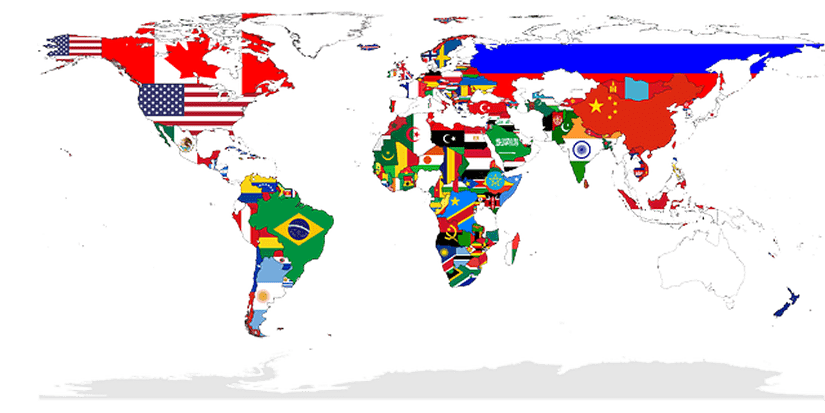The Dow Jones Index (US30) rose by 0.31% by the end of Thursday. The S&P 500 Index (US500) gained 0.58%. The tech-heavy Nasdaq Index (US100) closed higher by 0.89%. US stock indices advanced on Thursday, bolstered by a rally in energy stocks after WTI crude oil prices jumped more than 5%. The sharp rise in oil quotes followed the US decision to blacklist Russia’s largest oil producers, raising fears about a reduction in global crude supply.
The US government shutdown continues into its fourth week. Due to the shutdown, the release of official reports is frozen, including weekly data on initial jobless claims for the past four weeks and the September employment report. The September consumer price report, which was scheduled for release last Wednesday, will only be published this Friday if the government resumes operations. Economists note that the prolonged shutdown could severely impact consumer spending and economic growth in Q4, increasing pressure on the Fed and the White House to quickly resolve the budget crisis.
According to preliminary data, Canadian retail sales in September 2025 fell by 0.7% compared to the previous month, marking the third-largest drop this year. This followed a 1% growth in August.
European stock markets rose on Thursday. The German DAX (DE40) advanced by 0.23%, the French CAC 40 (FR40) closed higher by 0.23%, the Spanish IBEX35 Index (ES35) gained 0.07%, and the British FTSE 100 (UK100) closed up by 0.67%.
Silver (XAG/USD) fell to $48.6 per ounce on Friday, losing more than 6% over the week. Investors were booking profits after the rapid rise in recent weeks. Earlier, silver prices had reached multi-year highs amid strong demand for safe-haven assets and optimism about long-term industrial use.
WTI crude oil prices hit a two-week high on Thursday. The increase was driven by the US and the European Union intensifying sanctions against Russian energy and infrastructure, which caused severe disruptions to Russia’s oil production and exports and fueled concerns about a potential reduction in global supply. The new restrictions limited Russia’s access to offshore drilling technology and equipment, which could lead to a long-term decline in production.
US natural gas prices (XNG/USD) fell below $3.4 per MMBtu on Thursday amid EIA data pointing to excess supply. For the week ending October 17, the storage injection volume was 87 billion cubic feet (bcf), significantly exceeding market expectations (83 bcf). As a result, total inventories are now substantially above normal (4.5% above the five-year average), creating a bearish sentiment in the market.
Asian markets were mostly higher yesterday. Japan’s Nikkei 225 (JP225) fell by 1.35%, China’s FTSE China A50 (CHA50) rose by 0.24%, Hong Kong’s Hang Seng (HK50) gained 0.72%, and Australia’s ASX 200 (AU200) showed a positive result of 0.03%. Investor sentiment improved after the White House confirmed that US President Donald Trump would meet with Chinese leader Xi Jinping on October 30. On the mainland market, stocks rose for a second consecutive session after the Chinese Communist Party pledged to step up measures to stimulate domestic demand, improve living standards, and support the country’s technological independence. In Hong Kong, data showed that annual inflation remained at 1.1% in September, with authorities noting stable prices and a moderate inflation outlook.
The International Monetary Fund (IMF) on Friday urged Asian countries to reduce non-tariff barriers and strengthen regional trade integration to boost the region’s resilience to US tariffs. The report stated that trade remains a key driver of the region’s economic growth, and China plays a central role in global manufacturing supply chains, which, however, makes Asia vulnerable to geopolitical and trade risks.









